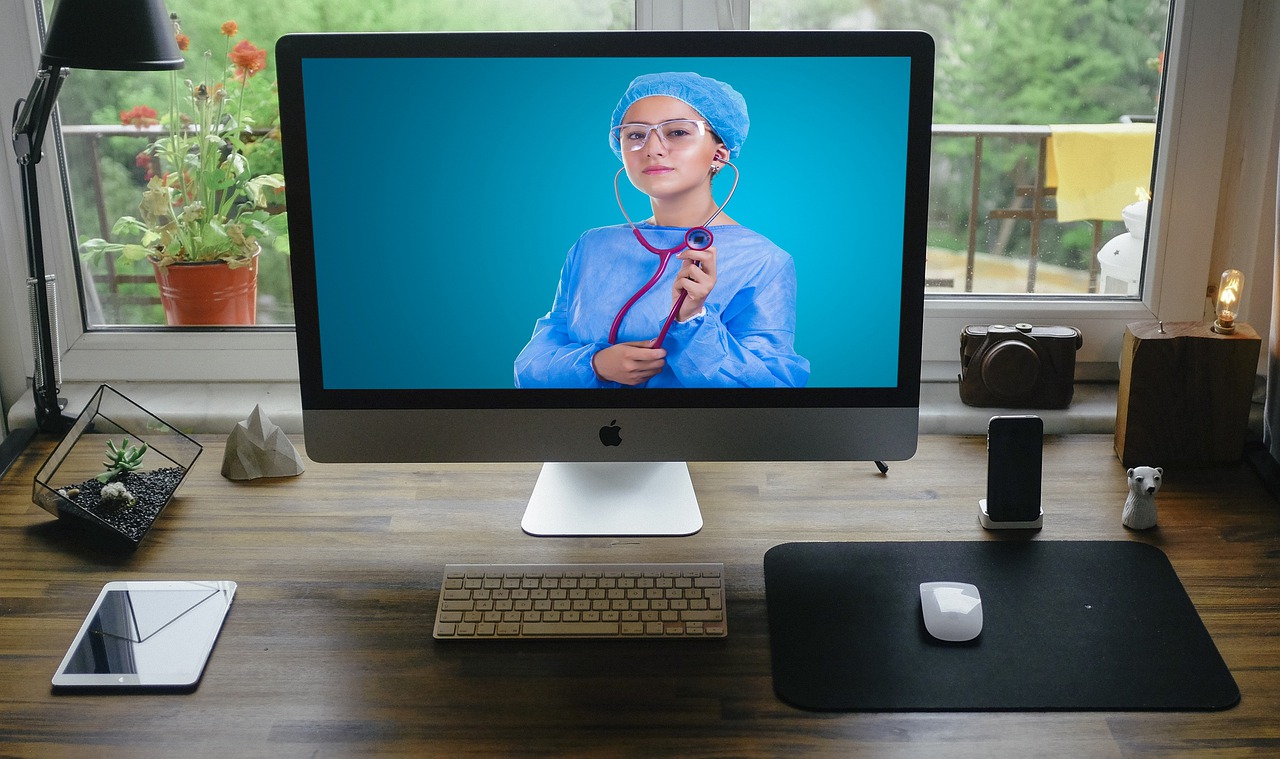
06 Apr A NEW AGE OF ORTHODONTICS
Orthodontics, the dental specialty concerned with the diagnosis, prevention, and correction of malpositioned teeth and jaws, has come a long way since its inception. Traditional metal braces and retainers have been the standard of care for decades. However, as we venture deeper into the 21st century, rapid technological advancements and new trends are reshaping the future of orthodontics. From clear aligners to 3D printing and teledentistry, let’s take a look at the innovations set to revolutionize this field.
Digital technology is sweeping across the dental landscape, transforming every aspect of orthodontics. Three-dimensional (3D) imaging allows orthodontists to create virtual treatment plans with greater accuracy and predictability. This, in turn, helps to minimize the number of appointments, reduce treatment time, and achieve better outcomes.
3D printing technology has also made a major impact on the industry. Orthodontists can now create customized orthodontic appliances, such as clear aligners, retainers, and even brackets, with unparalleled precision. This not only leads to improved patient satisfaction and compliance but also reduces the reliance on traditional manufacturing methods, lowering costs and minimizing waste.
The advent of clear aligners has undoubtedly been one of the most important breakthroughs in modern orthodontics. Invisalign, the pioneer in this space, has paved the way for a more discreet and comfortable alternative to conventional metal braces. These virtually invisible aligners have gained immense popularity, especially among adult patients who value aesthetics and convenience.
Clear aligners are made from a series of custom-made, removable plastic trays that gradually shift the teeth into the desired position. With the help of advanced software, orthodontists can design a treatment plan tailored to each patient’s unique needs. This minimally invasive approach is not only more aesthetically pleasing but also promotes better oral hygiene, as patients can remove the aligners to brush and floss their teeth with ease.
Teledentistry has emerged as a promising trend in the world of orthodontics, particularly during the COVID-19 pandemic, as well. It enables orthodontists to provide remote consultations, treatment planning, and monitoring to patients via video calls and digital platforms. This virtual approach not only saves time and resources for both patients and practitioners but also allows those in rural or remote areas to access quality orthodontic care.
The integration of artificial intelligence (AI) into teledentistry platforms has the potential to further enhance the patient experience by automating certain aspects of diagnosis and treatment planning. In the future, AI-powered tools could even help predict treatment outcomes and provide personalized recommendations based on individual patient profiles.
While still in the early stages of development, robotics and nanotechnology show immense potential in shaping the future of orthodontics too. Robotic-assisted procedures could provide greater precision and efficiency in placing braces and performing surgical interventions, reducing the risk of human error.
Nanotechnology, on the other hand, offers exciting possibilities for the development of new materials with enhanced properties, such as self-healing, antimicrobial, or bioactive features. These advancements could lead to the creation of orthodontic appliances that promote faster and more comfortable treatment.



